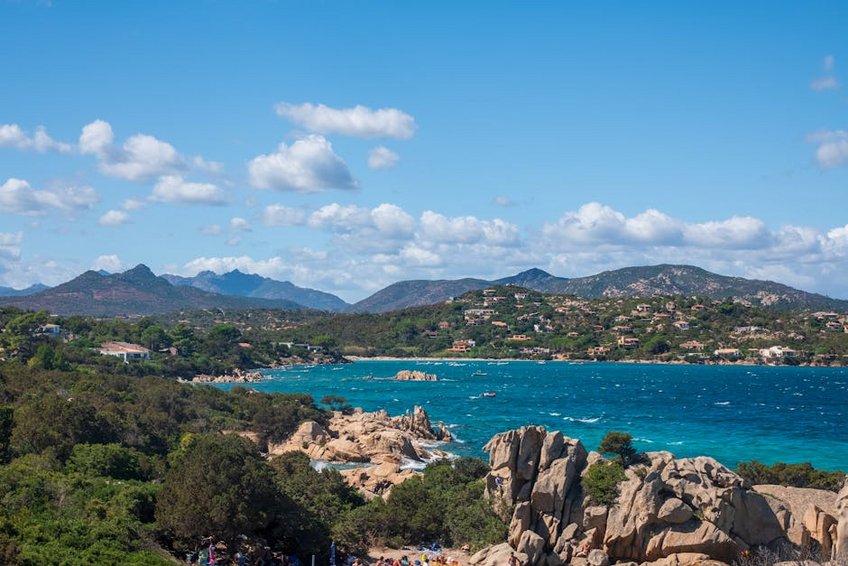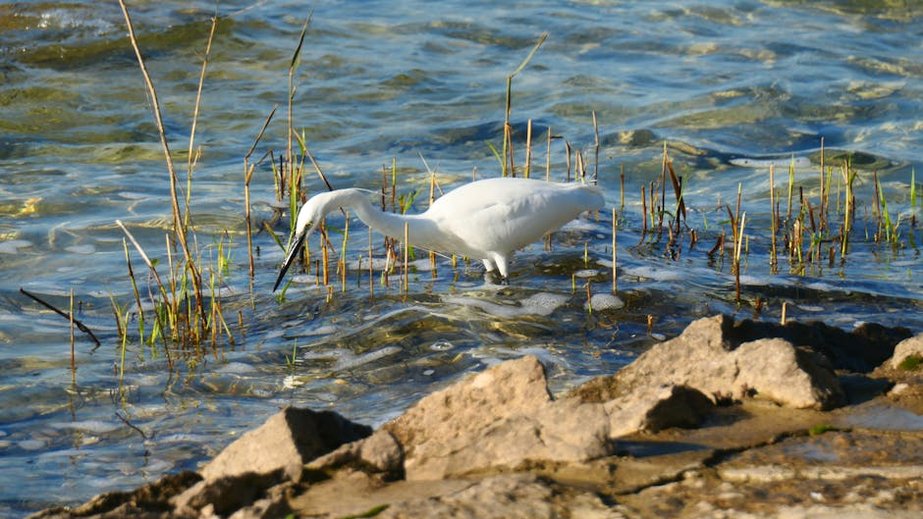Southern Italy Truffle Hunting: An Unforgettable Culinary Adventure
Imagine wandering through sun-drenched forests in Southern Italy, the earthy scent of damp soil filling the air as a trained dog sniffs excitedly at the base of an oak tree. Southern Italy truffle hunting offers one of the most authentic and rewarding travel experiences you can find in Europe, blending outdoor adventure with gourmet culinary traditions. Unlike the more commercialized truffle regions in Northern Italy, the southern areas like Molise, Calabria, and Basilicata provide a more intimate, rustic approach to this ancient practice. You’ll work alongside local truffle hunters and their specially trained dogs, learning to identify the subtle signs that indicate where these precious fungi grow beneath the soil. The thrill of uncovering a black or white truffle with your own hands creates memories that last long after the trip ends, especially when you later enjoy those same truffles shaved over fresh pasta at a family-run agriturismo. This complete guide covers everything from booking your hunt to understanding truffle varieties, ensuring you make the most of your Southern Italy truffle hunting adventure while respecting local traditions and environments.
Southern Italy Truffle Hunting – Essential Information
Before embarking on your truffle hunting journey, understanding the basics will significantly enhance your experience. Southern Italy truffle hunting typically occurs in specific regions where microclimates and soil conditions favor truffle growth, primarily in areas with calcareous soil and mixed forests of oak, hazel, and poplar trees. The hunting season varies by truffle type, with black truffles available from September to December and the prized white truffles having a shorter season from October to early December. You’ll need to book through licensed truffle hunters or specialized tour operators, as unguided hunting is illegal to protect these valuable natural resources. The experience usually lasts 2-4 hours and involves moderate walking through uneven terrain, so comfortable footwear and weather-appropriate clothing are essential. Many hunters provide insights into truffle identification, preservation techniques, and even cooking demonstrations using your findings.
What is Truffle Hunting? – A Beginner’s Guide
- Truffle hunting involves searching for edible fungi that grow underground near tree roots, using trained dogs to detect their strong aroma through the soil surface.
- In Southern Italy, this tradition dates back centuries, with knowledge passed down through generations of local families who understand the specific terrains and seasonal patterns.
- Unlike mushroom foraging, truffle hunting requires special permits and guided experiences to ensure sustainable harvesting and protect the delicate ecosystem.
- Budget options ($50-100 USD per person) include group hunts with shared findings, self-catering accommodations, and public transportation to hunting areas.
- Mid-range experiences ($100-250 USD per person) feature private or small-group hunts, truffle-based meals included, and comfortable agriturismo stays with breakfast.
- Luxury packages ($250-500+ USD per person) offer exclusive hunts with master trufflers, gourmet cooking classes, high-end accommodations, and private transfers.
- Italian National Tourist Board – Official tourism information
- Slow Food International – Sustainable food and travel resources
Types of Truffles in Southern Italy – Key Varieties
Southern Italy boasts several truffle varieties, each with distinct flavors, aromas, and market values. The most common is the Black Summer Truffle (Tuber aestivum), which has a mild, nutty flavor and appears from May to August. More valuable is the Black Winter Truffle (Tuber melanosporum), known for its intense aroma and higher price point, harvested from November to March. The white truffle (Tuber magnatum), often called the “white diamond,” commands premium prices for its powerful, garlicky scent and limited availability in autumn. You might also encounter Bianchetto truffles (Tuber borchii) in winter and spring, which resemble white truffles but have a milder flavor profile. Understanding these varieties helps you appreciate what you might find during your Southern Italy truffle hunting experience.

Southern Italy Truffle Hunting – Planning Your Trip
Proper planning ensures your truffle hunting adventure runs smoothly and meets your expectations. Start by researching reputable tour operators in regions like Molise, known for its untouched landscapes and authentic truffle culture, or Calabria, where truffle hunting combines with coastal beauty. Booking 2-3 months in advance is crucial, especially for peak seasons like October and November when demand is highest. Consider combining your hunt with other Southern Italy experiences, such as olive oil tastings or visits to historic villages, to create a well-rounded itinerary. You’ll want to check visa requirements, though US and EU citizens typically don’t need visas for stays under 90 days in Italy. Travel insurance that covers outdoor activities is recommended, and packing layers is wise since weather can change quickly in the Apennine Mountains where many hunts occur.
Best Time to Go Truffle Hunting in Southern Italy
The ideal time for Southern Italy truffle hunting depends on which truffle varieties you hope to find and your weather preferences. Autumn (September to November) offers the best conditions, with cooler temperatures, recent rainfall stimulating growth, and both black and white truffles in season. Spring (March to May) provides opportunities for bianchetto and some summer truffles, with beautiful wildflowers blooming in the forests. Summer months can be hot and less productive, while winter hunts are possible but require warm clothing and may face weather disruptions. For the quintessential experience, aim for October when white truffles peak and the landscape displays vibrant fall colors. Keep in mind that specific harvest times vary annually based on rainfall and temperature patterns, so check with local experts when booking.
Budget Planning and Costs for Your Truffle Adventure
Essential Preparation Checklist Before You Go
Preparing adequately makes your Southern Italy truffle hunting trip more enjoyable and stress-free. First, ensure you have comfortable, waterproof hiking boots since you’ll be walking on uneven terrain through forests and hills. Pack layers including a moisture-wicking base layer, insulating mid-layer, and waterproof outer shell, as weather can change rapidly. Bring a small backpack with water, snacks, and any personal medications, though most guides provide basic supplies. Don’t forget your camera to capture the beautiful landscapes and your truffle discoveries. If you have dietary restrictions, inform your tour operator in advance since many experiences include truffle tastings or meals. Finally, learn a few basic Italian phrases related to truffle hunting, as this shows respect for local traditions and enhances communication with your guide.
Southern Italy Truffle Hunting – Top Attractions and Activities
Beyond the hunt itself, Southern Italy offers numerous complementary experiences that enrich your truffle adventure. In Molise, visit the Truffle Museum in San Pietro Avellana to understand the history and science behind truffle cultivation. Calabria combines coastal beauty with inland truffle territories, allowing you to enjoy beach time after your hunt. Basilicata’s Matera, with its ancient cave dwellings, provides a stunning backdrop for truffle-themed dinners in unique settings. Many agriturismi (farm stays) offer cooking classes where you learn to prepare traditional dishes with your freshly harvested truffles, such as tagliatelle al tartufo or truffle-infused cheeses. Local festivals like the National White Truffle Fair in Campobasso celebrate the harvest with markets, tastings, and cultural events, typically in October and November. These activities transform a simple hunt into a comprehensive cultural immersion.
Must-See Highlights for Truffle Enthusiasts
Certain locations and experiences stand out for anyone interested in Southern Italy truffle hunting. The forests around Isernia in Molise are renowned for high-quality black truffles and offer picturesque hiking trails through medieval villages. In Calabria, the Sila National Park provides a breathtaking setting for hunts, with its vast pine forests and crystal-clear lakes. Don’t miss the opportunity to visit a local truffle market, such as those in Campobasso or Cosenza, where you can witness the vibrant trading culture and perhaps purchase truffles to bring home. Many tours include visits to family-owned farms where truffle dogs are trained, giving you insight into the careful breeding and education process. These highlights ensure your trip covers both the practical and cultural aspects of truffle hunting in this beautiful region.
Hidden Gems and Local Favorites
Venturing off the beaten path reveals authentic experiences that many tourists miss. In small villages like Frosolone in Molise, you might join informal truffle hunts organized by local families who share stories passed down through generations. The Pollino National Park, straddling Basilicata and Calabria, offers remote hunting areas where you can enjoy pristine nature while searching for rare truffle varieties. Seek out family-run trattorias that aren’t in guidebooks but serve incredible truffle dishes based on generations-old recipes. Some locals organize truffle-themed picnics in scenic clearings, combining the hunt with al fresco dining using fresh, local products. These hidden gems provide a more intimate and memorable Southern Italy truffle hunting experience, connecting you deeply with the land and its people.
Southern Italy Truffle Hunting – Practical Travel Information
Navigating the practical aspects of your trip ensures a smooth and enjoyable truffle hunting experience. Southern Italy is served by several airports, including Naples (NAP) and Bari (BRI), with rental cars recommended for flexibility since many truffle areas are rural. Alternatively, trains connect major cities to regional hubs, followed by local buses or arranged transfers to hunting locations. Accommodation ranges from agriturismi (farm stays) that offer authentic rural experiences to boutique hotels in historic towns. When packing, include sturdy walking shoes, rain gear, and a small knife for truffle cleaning (if permitted by your guide). Currency is the Euro, and credit cards are widely accepted, though cash is handy for small purchases in villages. English is spoken in tourist areas, but learning basic Italian phrases enhances your interactions with truffle hunters and locals.
| Category | Options/Features | Price Range (USD) |
|---|---|---|
| Accommodation | Agriturismo farm stays, boutique hotels, B&Bs in historic villages | $80-200 per night |
| Transportation | Rental car, regional trains, private transfers, local guides | $40-150 per day |
| Truffle Tours | Group hunts, private experiences, multi-day packages | $50-500 per person |
| Dining | Truffle tasting menus, local trattorias, cooking classes | $20-100 per meal |


